Continuing the 10th Session program, on the morning of November 14, the National Assembly worked in the hall to listen to the Submission and Review Report on the investment policy of the Gia Binh International Airport Construction Investment Project .
Strategic, groundbreaking move
Presenting the Report, Minister of Construction Tran Hong Minh stated: Noi Bai Airport, as the main international aviation gateway of Hanoi Capital and the Northern key economic region, is operating beyond its design capacity, and there are still some limitations in service quality, utilities, technology, etc. Although Noi Bai Airport has been researched and planned for expansion, it is facing many difficulties due to limitations in land fund, site clearance, and the need for time to complete.
In that context, the investment in the construction of Gia Binh International Airport is a strategic and breakthrough step, contributing to the restructuring of the Capital Region's aviation network according to the "dual center" model that has been successfully applied by many large cities in the world .
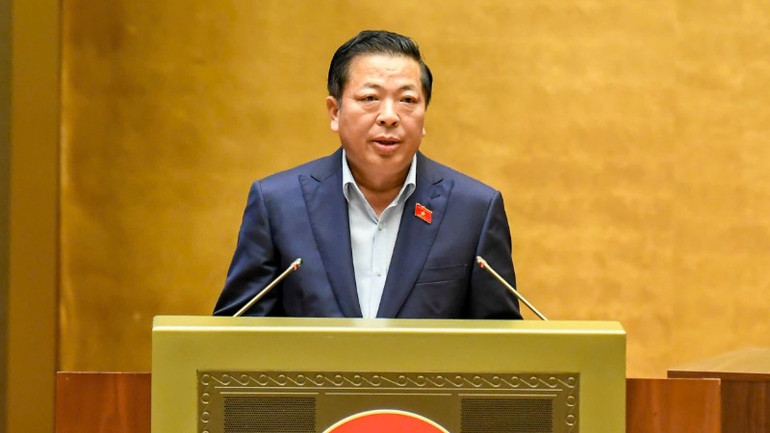
Minister of Construction Tran Hong Minh presents the Proposal on investment policy for the Gia Binh International Airport construction investment project. (Photo: DUY LINH)
According to the Minister of Construction, Gia Binh Airport will play a strategic complementary role to Noi Bai, promoting advantages in space, connectivity and infrastructure, while creating momentum for the development of industries, logistics, e-commerce, tourism and services. The project also has special significance in ensuring national defense, security and serving important foreign affairs events, especially the APEC Summit in 2027.
The project is expected to be invested with a level 4F scale according to the standards of the International Civil Aviation Organization (ICAO); meeting the exploitation needs of about 30 million passengers/year and 1.6 million tons of cargo/year by 2030; about 50 million passengers/year and 2.5 million tons of cargo/year by 2050.
The project is expected to have 2 pairs of parallel runways, each pair includes 2 runways; the distance between the two pairs of runways is 1,800m to ensure independent take-off and landing capabilities, optimizing flight management and operations. The length of the runways is 3,500-4,000m, meeting the operational capabilities of all types of new generation wide-body, long-range aircraft.
By 2030, the passenger terminal will be built with an estimated area of about 350,000m², and by 2050 it will be expanded with an estimated area of about 460,000m². The cargo terminal will be built with an estimated area of about 1ha; by 20250 it will be expanded with an estimated area of about 26ha. The VIP terminal will be built independently from the passenger terminal with an estimated area of about 5,900m².
The project is expected to use more than 1,800 hectares of land, including nearly 125 hectares of security land, more than 327 hectares of public land, more than 169 hectares of residential land...; affecting about 7,100 households (of which about 5,800 households are expected to be resettled) and 118 organizations.
According to the Government's report, the total investment capital for Gia Binh airport is about 196,378 billion VND. Of which, phase 1 is about 141,236 billion VND, phase 2 is about 55,142 billion VND.
The project is invested with investor capital, including equity and legally mobilized capital.
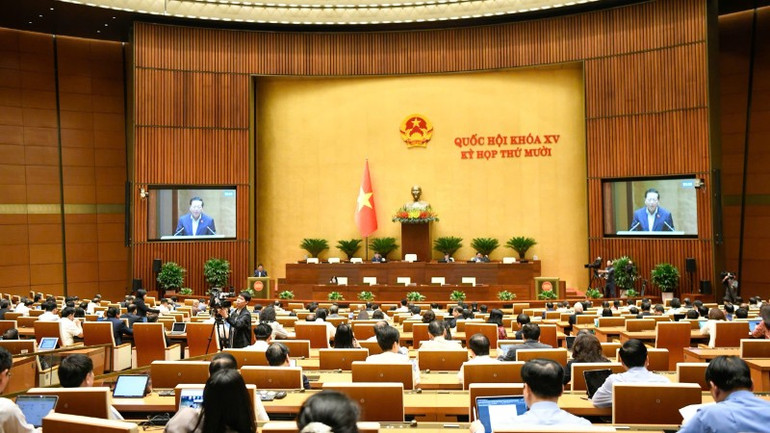
The National Assembly worked in the hall to listen to the Report and the Verification Report on the investment policy of the Gia Binh International Airport Construction Investment Project. (Photo: DUY LINH)
The Government calculates the project's operating period to be 70 years (from 2025 to 2095).
Regarding special policy mechanisms, within the project's site clearance scope, there are about 25 relics that need to be relocated.
“However, the current law on cultural heritage only regulates the relocation of artifacts in relics but does not yet allow the relocation of structures. Therefore, to solve this problem, the Government proposes to the National Assembly to allow the application of the following special policy: The relocation is carried out on the basis of a plan decided by the People's Committee of Bac Ninh province, ensuring maximum preservation and promotion of the value of the relics. During the implementation process, if any problems arise, the Government will guide the implementation” – Minister Tran Hong Minh said.
Propose to clearly quantify the Project's objectives, determine the roadmap and feasibility
In the review report, Chairman of the National Assembly's Economic and Financial Committee Phan Van Mai said that the Committee agreed with the necessity of investing in the project.
The appraisal agency also basically agreed with the objectives, scale, location, time, progress of investment project implementation, land use needs, site clearance plan, resettlement, main technology selection plan, and environmental protection solutions as submitted by the Government.
However, the appraisal agency proposed to clearly quantify the objectives of the Project (5-star Skytrax standard, top 10 in the world, Net Zero...), determine the roadmap and feasibility. In addition, it is necessary to supplement the assessment of geology, hydrology, drainage, impact on Ngu River and clarify the investment plan for a multi-modal transport system in sync with the project completion schedule.

Chairman of the National Assembly's Economic and Financial Committee Phan Van Mai presents the inspection report. (Photo: DUY LINH)
The Committee also proposed to assess the feasibility of completing the Project to meet the APEC 2027 schedule, in the context of many difficulties in compensation, support, resettlement and complex geological conditions; training plans, job conversion, job creation for affected people and solutions to ensure food security when reclaiming large areas of double-crop rice land; clarifying the list, technical standards, inspection procedures, operation, personnel training and establishing an inter-sectoral appraisal mechanism to ensure safety, security and stable operation.
In addition, the review agency proposed to supplement the report with more specific impact assessment on hydrology, flooding, flow changes, development of environmental management plan, monitoring of emissions, noise, assessment of ecological and noise impacts on residents and establishment of community monitoring mechanism.
The Economic and Financial Committee also requested the Government to analyze the basis for determining the project's operating period of 70 years. According to the appraisal agency, it is necessary to determine based on the actual capital recovery period and the periodic monitoring regulations every 5 years to update revenue, costs, profits and make flexible adjustments to ensure the harmony of interests between the State, investors and users.
Regarding the preliminary total investment and capital sources, the National Assembly's appraisal agency requested the Government to clarify the basis for calculating the Project's investment rate, compare the investment rate with similar airport projects in the region and adjust it according to local prices to select the appropriate and optimal cost level. The Government also needs to clarify the capital sources, the ability to recover capital and repay loans.
Agreeing with the special mechanism and policy proposed by the Government, however, the review agency proposed clear regulations on handling the consequences after relocating relics, especially the re-recognition of relics after relocation, ensuring the preservation of original elements and historical and cultural values.
Source: https://nhandan.vn/trinh-quoc-hoi-du-an-xay-dung-cang-hang-khong-quoc-te-gia-binh-post922998.html



![[Photo] Panorama of the 2025 Community Action Awards Final Round](https://vphoto.vietnam.vn/thumb/1200x675/vietnam/resource/IMAGE/2025/11/15/1763206932975_chi-7868-jpg.webp)

![[Photo] General Secretary To Lam receives Vice President of Luxshare-ICT Group (China)](https://vphoto.vietnam.vn/thumb/1200x675/vietnam/resource/IMAGE/2025/11/15/1763211137119_a1-bnd-7809-8939-jpg.webp)

![[Photo] Prime Minister Pham Minh Chinh meets with representatives of outstanding teachers](https://vphoto.vietnam.vn/thumb/1200x675/vietnam/resource/IMAGE/2025/11/15/1763215934276_dsc-0578-jpg.webp)


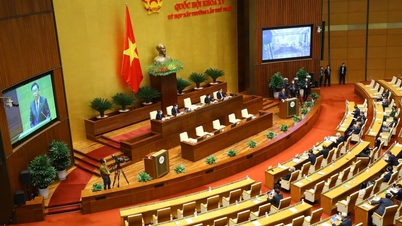



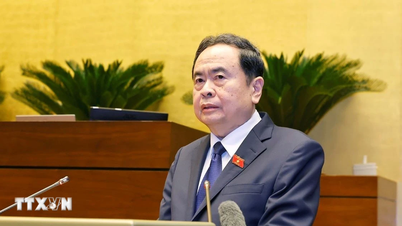
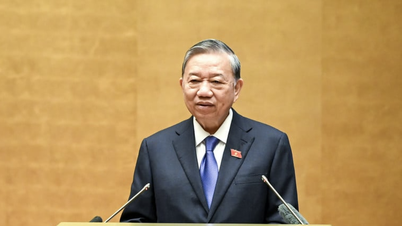
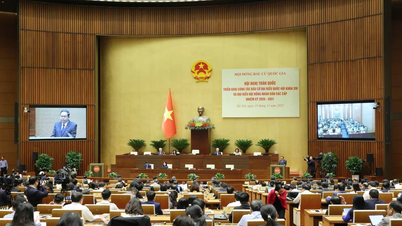

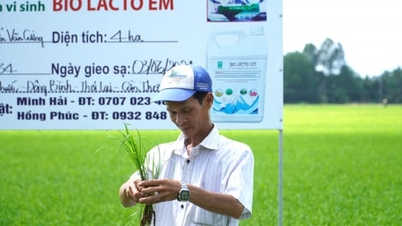

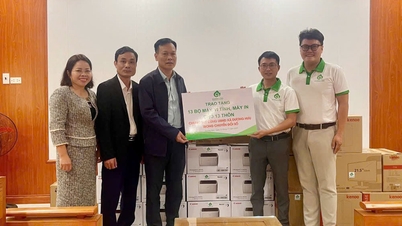

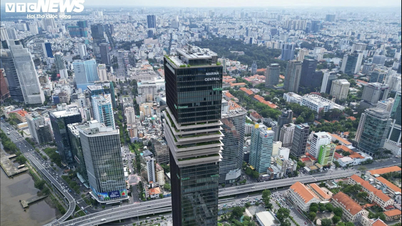









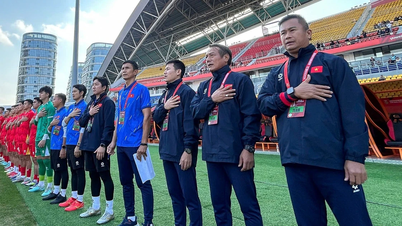
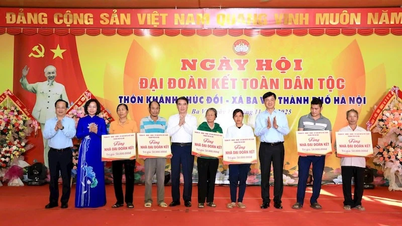
![[Photo] Prime Minister Pham Minh Chinh meets with representatives of outstanding teachers](https://vphoto.vietnam.vn/thumb/402x226/vietnam/resource/IMAGE/2025/11/15/1763215934276_dsc-0578-jpg.webp)


![[Photo] General Secretary To Lam receives Vice President of Luxshare-ICT Group (China)](https://vphoto.vietnam.vn/thumb/402x226/vietnam/resource/IMAGE/2025/11/15/1763211137119_a1-bnd-7809-8939-jpg.webp)




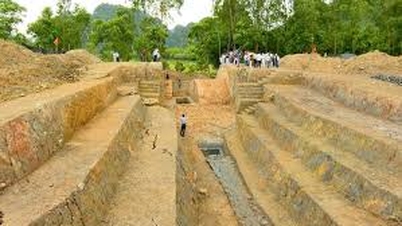



































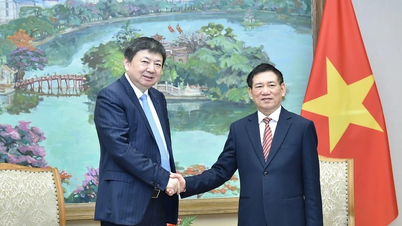


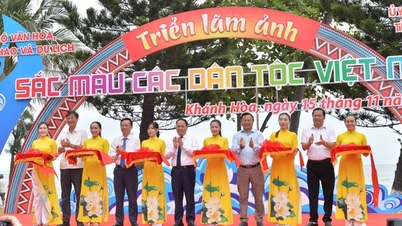


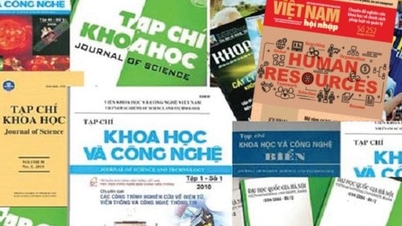




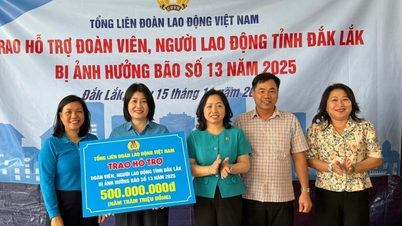


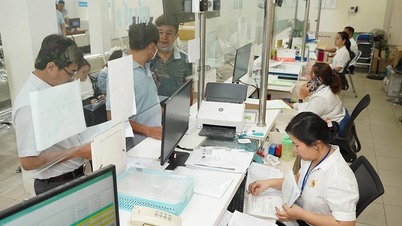
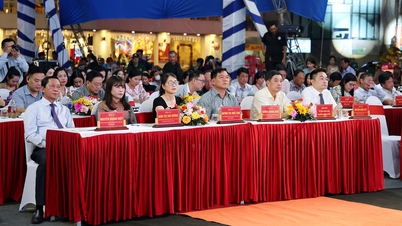












Comment (0)